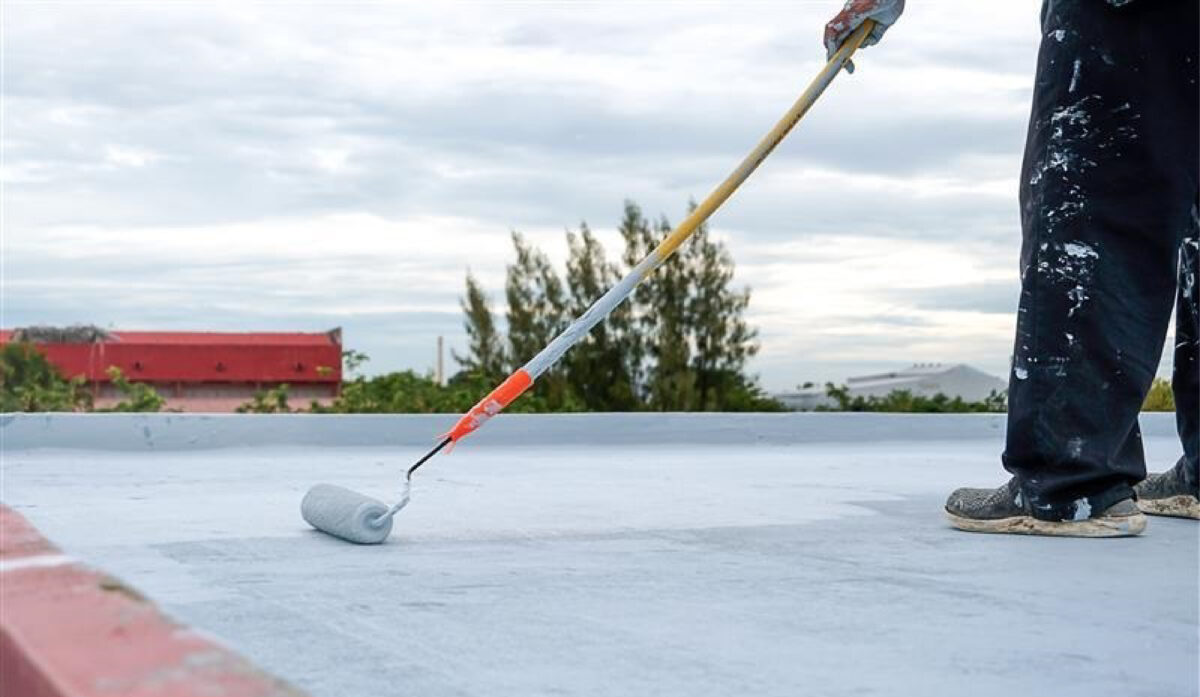EVOLUTION OF WATERPROOFING:
Since the dawn of civilization, householders have been engaged in a never-ending struggle with water leaks. Waterproofing is regarded as the third-oldest trade after masonry and has a 13,000-year-old heritage. Professional waterproofing contractors are nevertheless constantly looking for new ideas.
WHY WATERPROOFING?
This is due to the fact that waterproofing our homes requires the highest care because it is crucial to our health and well being. Additionally, it aids in preventing water damage to buildings.
WHAT IS WATERPROOFING?
Making a concrete structure waterproof or water-resistant ensures that it is unaffected by water and resists water ingress under certain circumstances. Waterproofing involves various techniques of application and waterproofing materials.
TRADITIONAL WAYS OF WATERPROOFING:
India is a special nation since it experiences four different types of weather throughout the course of the year. Additionally, due to the size of India, different regions of the country frequently have conflicting weather.
Different waterproofing techniques have been developed to fit varying weather conditions, building materials, affordability, and durability.
Some of the conventional waterproofing techniques, including Bitumen Felt, Brick Bat Coba, Lime Surki Method, and Mud Phuska, are employed for waterproofing. However, these approaches have the following drawbacks.
- Unnecessary Dead Load
- Maintenance
- Cracks
- Skilled Workmanship
- Colour choices
- Discoloration
As a result, new, cutting-edge waterproofing methods have developed over time:
Integral waterproofing
A crucial element in creating durable, watertight concrete is integral waterproofing technology. Reduces concrete permeability, integral waterproofing is internal to the concrete. One type of integrated waterproofing for concrete is crystallized waterproofing technology.
Cementitious waterproofing
The supplies are readily available, making this method the simplest. Additionally, they are simple to combine and utilize in interior wet spaces like bathrooms. Additionally, it can be used to coat waterproof decks on things like bridges, dams, tunnels, etc. However, because it is not exposed to weathering and sunshine, this approach does not go through the process of contracting and expanding.
Acrylic Waterproofing Membrane
This kind of coating uses a primer coat and a few top coats that are troweled, sprayed, or applied with a roller. This offers more flexibility compared to waterproofing using cementitious materials. This is due to the fact that as the liquid dries, your wall acquires a rubbery layer.
Bituminous Coating Waterproofing
Bituminous coating is a different method for waterproofing a building’s construction. Flexibility and water resistance are provided by its reinforced fiber characteristics and polymer grade. This technique, which is good for concrete the foundations is also known as asphalt coating.
Bituminous Membrane Waterproofing
You can choose this procedure if you choose a waterproof deck coating because of how well it has been used for low-sloped roofs in the past. Due to the mixture of asphalt, filler, and polymers, it is self-adhesive. To increase adhesion, certain oils and resins have also been used.
Polyurethane Liquid Membrane Waterproofing
The somewhat more expensive polyurethane liquid membrane is another type of waterproofing. Basically, it is employed in regions with flat roofs and those that are subject to the elements. However, despite its flexibility, this sort of waterproofing is not very resistant to moisture.
Epoxy Coating
Epoxide polymer is combined with a hardening ingredient to create epoxy resin, one of the waterproofing and sealing agents. This resin creates a shield of defense over the surface where it is placed, making it impermeable and corrosive-free. Because of its versatility, engineers and contractors have utilized it extensively for construction, maintenance, and repair projects.
Waterproofing benefits:
Water will be effectively channeled away from weak spots by a well-implemented waterproofing system, keeping the structure dry and secure.
The finest option for preventing water damage to your property is the ASCOLITE WATERPROOFING RANGE. We are prepared to provide robust, watertight, clean, and joyful rooms thanks to our experience, wide selection of high-quality materials, tailored solutions, and first-rate customer service.







.svg)
.svg)
.svg)